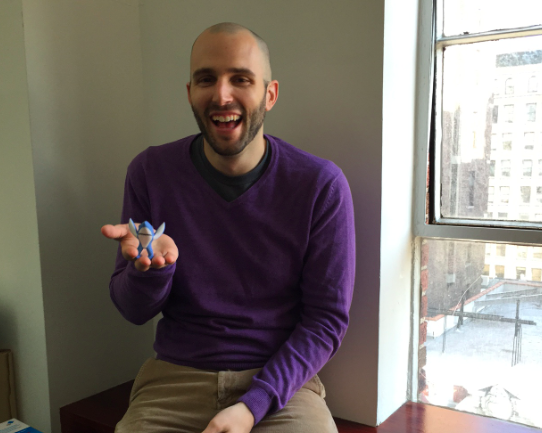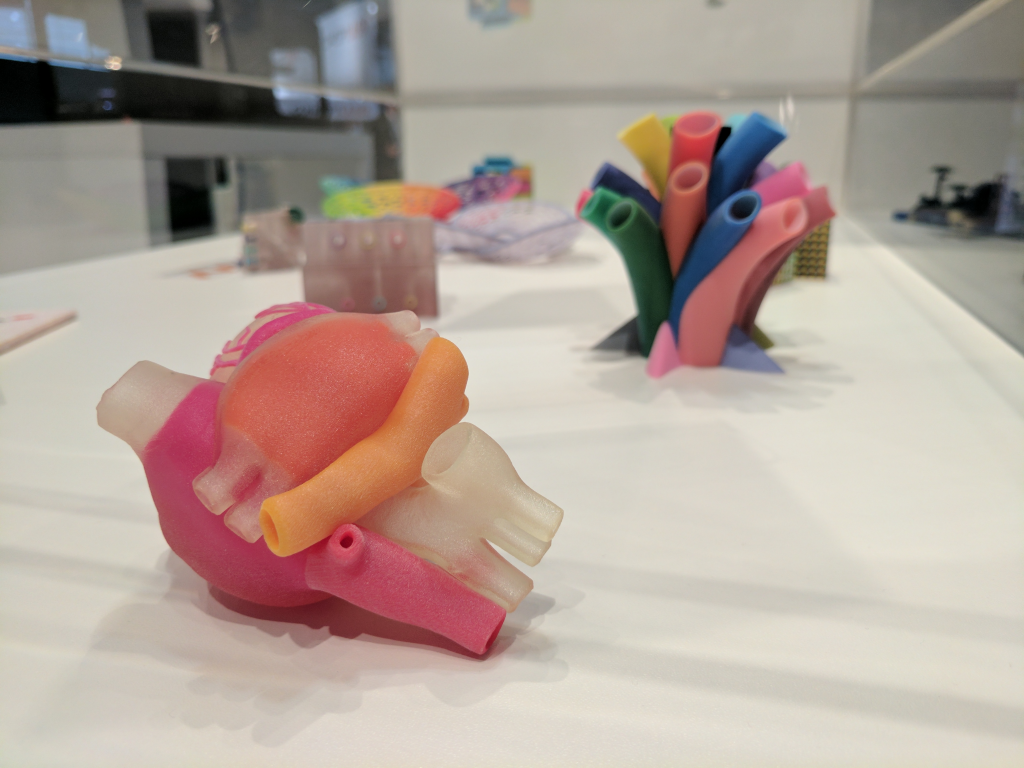Michael Weinberg, general legal counsel and IP expert for 3D printing marketplace and service bureau Shapeways, has filed a petition asking the US Copyright Office to revise its rules governing the unlocking of 3D printers and the use of third-party feedstock.
The current exemption allows 3D printer users to utilize replacement materials unauthorized by the printer’s manufacturer without running afoul of copyright law. Weinberg’s concerns revolve around the wording of the exemption written by the US Library of Congress and enacted by the US Copyright Office.
This exemption, he claims, is both obstructive and unjustified because it is founded upon non-existent concerns. A final underlying issue for Weinberg is that the Copyright Office is not well-placed to address industry-specific concerns, legitimate or not.

The current rules of exemption (first part) and their adoption in 2015
The current rules (taking the form of exemptions to the Act of law) were introduced in 2015 after a number of policy think-tanks including Public Knowledge petitioned the Copyright Office to make exemptions to Section 1201 of the Digital Millennium Copyright Act.
This law prevents the circumvention of technological measures (such as digital locks or watermarks) that protect the copyright of certain technologies and brands against hacking and circumvention. This is a concern that has been noted throughout the 3D printing industry and has led some international institutions to consider their own measures of IP protection, whilst state regulation has been the answer elsewhere.
The rules under scrutiny are listed in section (a)(9) of “§201.40 Exemptions to prohibition against circumvention.” They were specifically introduced after Public Knowledge successfully pointed out that the existing Act might prevent owners of 3D printers using replacement feedstock of their choice.
In 2015, as part of a review process that takes place every three years, the Library of Congress granted the exemption upon the recommendation of the Copyright Office.
As the first part of the sentence describing exemption states,
“Computer programs that operate 3D printers that employ microchip-reliant technological measures to limit the use of feedstock, when circumvention is accomplished solely for the purpose of using alternative feedstock and not for the purpose of accessing design software, design files or proprietary data;…”
Weinberg noted that this exemption was positive insofar as it meant that using your own material in a 3D printer was not copyright infringement, and no longer makes certain circumvention of digital locks, such as breaking a digital lock on a 3D printer in order to use your own material an illegal act.
Weinberg’s concerns about the exception’s second part
Weinberg, who was previously employed at Public Knowledge, took issue with a limitation phrase in the second part of the exemption when it was published in 2015. The second part qualifies the initial exemption with a caveat:
“…provided, however, that the exemption shall not extend to any computer program on a 3D printer that produces goods or materials for use in commerce the physical production of which is subject to legal or regulatory oversight or a related certification process, or where the circumvention is otherwise unlawful.”
Weinberg argued in 2015 that this second part made the exemption open to too broad an interpretation. He also pointed out that the phrase “the exemption shall not extend to any computer program on a 3D printer that produces goods…” refers to the printer itself, not the use of the printer. This means that using a printer that was merely capable of producing use in commerce would mean operating outside the exemption.

Weinberg’s petition to the US Copyright Office
Ahead of the next review in 2018, Weinberg has filed a petition which may now receive comments in support or opposition to a renewal of the full exemption that occurred at the end of October. The petition specifically asks the Copyright Office to drop this second qualifying part for three reasons.
This first reason, which expands Weinberg’s 2015 concerns, is that even if one were to assume that the second part was added due to health and safety concerns (such as preventing the creation highly regulated objects for aeronautical, medical or firearm applications with an unlocked 3D printer) the wording of the exemption effectively covers every 3D printer.
Weinberg’s second reason is that there is no evidence that the concerns implied by the second part are real, and that guidance from the FDA obtained by the Copyright Office in support of their claims does not show them to be real.
Weinberg refers to initial concerns over allowing third-party feedstock raised by 3D printer manufacturer Stratasys. He asserts that the company explained neither why the exemption would negatively impact upon health and safety, nor how a prohibition on third-party feedstock would protect health and safety.
The final reason, according to Weinberg, is that the notion of health and safety is beyond the scope of the US Copyright Office’s proceedings. There is no reason to suggest, he notes, that the US Congress crafted this section of the law with a tangential connection to health and safety in mind.
Comments for or against Weinberg’s petition can be submitted here until 14 March 2018.
Nominations for the second annual 3D Printing Industry Awards are now open. Make your selections now.
For more stories on 3D printing and legal or IP affairs, subscribe to our free 3D Printing Industry newsletter, follow us on Twitter, and like us on Facebook.
Featured image shows Madison Memorial Building of the US Library of Congress, which houses the US Copyright Office. Photo via Architecture of Congress.

